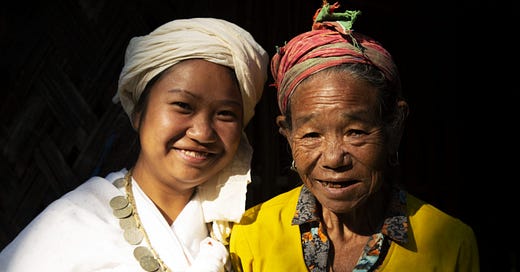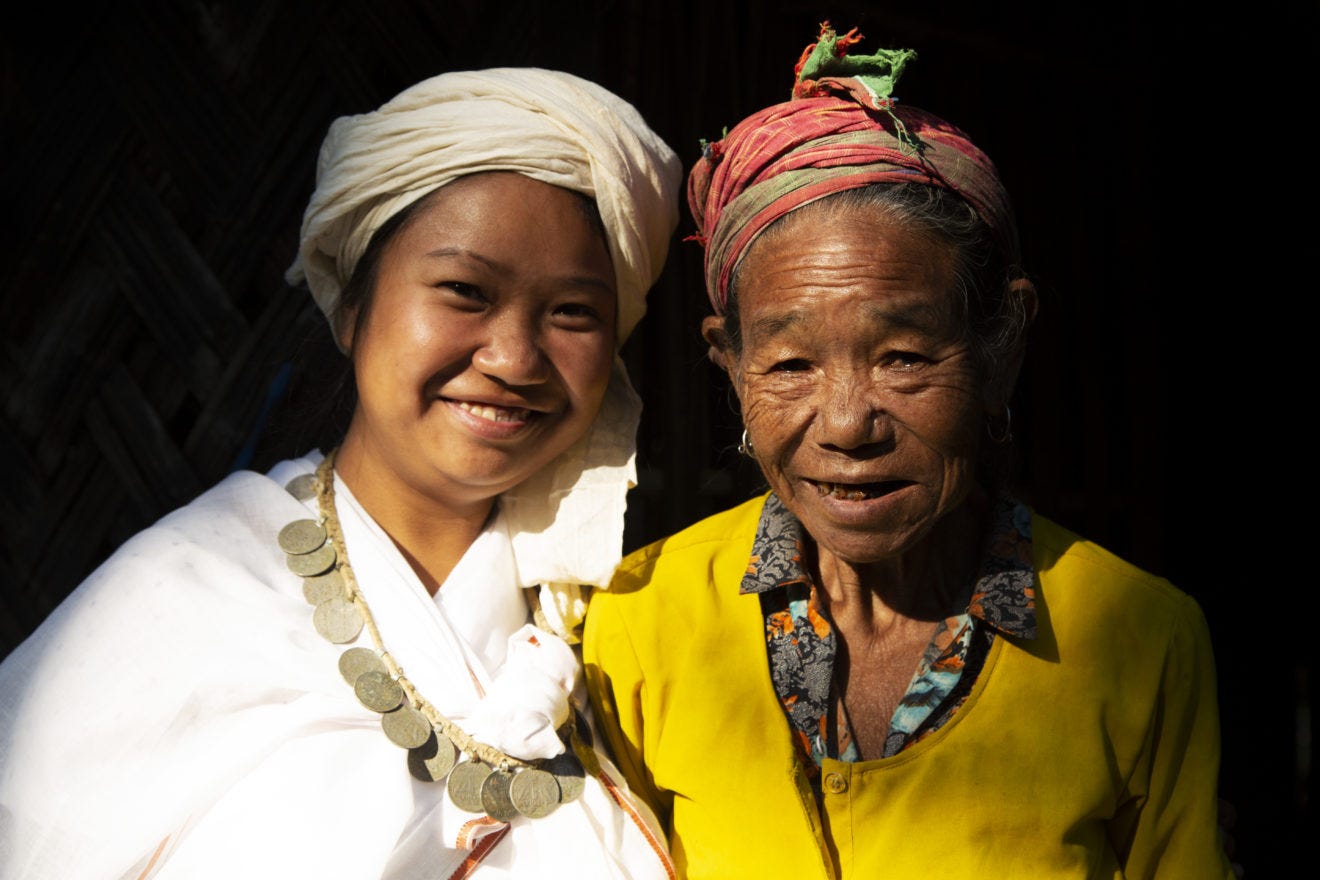The Photographer Capturing Vanishing Tribes Before They Disappear
Narratively contributor Abhijit Alka Anil has spent seven years documenting one of the smallest Indigenous tribes in the world as they try to survive—without compromising their ideals.
One scroll down his Instagram account and you see Abhijit Alka Anil's vision emerging. His work is a cultural cargo of raw and unfiltered stories from overlooked corners of the world—ranging from asylum seekers in Greece to locals in the remote Andaman Islands. For the past seven years, Abhijit has documented the endangered Toto tribe in India, which readers may recall he wrote about for a 2017 Narratively story (a collaboration with writer Gurvinder Singh).
Abhijit’s latest photo book, Totos Of Totopara- An Indigenous Tribe In A Globalised World, lifts the veil on the life, culture and traditions of the community. Interspersed with QR codes that guide readers to videos, the book shares how the Totos hold tight to their ideals and way of life—even if it means the death of their tribe. Narratively spoke with Abhijit about his photographic procedure, takeaways and more.
Keep reading with a 7-day free trial
Subscribe to Narratively to keep reading this post and get 7 days of free access to the full post archives.





